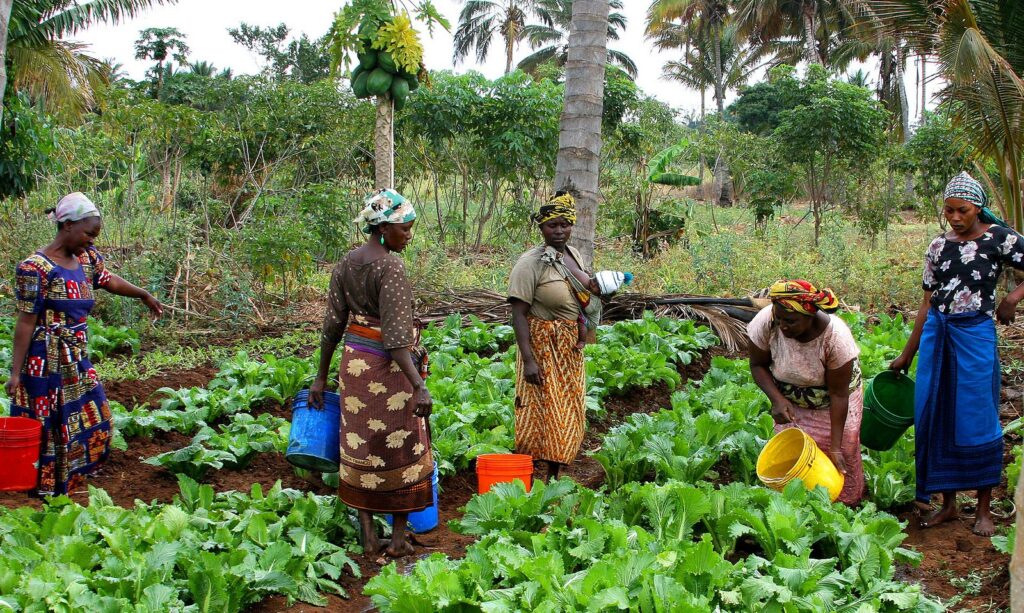What is Flexible Leadership Being flexible is the capability of readily changing (Merriam-Webster, n.d.)1. In…
The Role of Women in Agriculture
*Image Source: Pixabay
Agriculture is identified by the international community as the engine of growth and poverty reduction. Women play significant roles in the agricultural and rural economies in all developing countries. Their contributions differ in various parts of the world. Rural women multitask in managing households and produce multiple livelihood strategies. These women’s daily tasks involve tending animals, producing agricultural crops, preparing and processing food, working for side-jobs, gathering wood for fuel, conducting in trade and marketing, and taking care of family members. However, most of these tasks are not considered as ‘economically wealth-producing jobs,’ although these tasks are significant to rural households’ well-being.
Most developing countries have an underperforming agricultural sector. One factor that leads to this underperformance is that women face limiting constraints than men to various resources. National governments and the United Nations can achieve their agricultural development goals as well as the strengthening of food security if programs for women in agriculture are initiated, implemented, and maintained.
Women have significant roles in agricultural activities and the agricultural labor force. There is a significant difference to their contribution to agricultural output, despite the challenge in quantifying the amount. Food and Agriculture Organization reports that women produce 60-80 percent of food. However, it is difficult to assign agricultural outputs by gender as both women and men are involved in producing crops.
Women as livestock keepers
Growing livestock is important to women in improving their financial status. Women are heavily involved in this sector. It is estimated that 400 million individuals, or two-thirds of poor livestock keepers, are women. Women are in the forefront in taking care of daily animals, managing poultry, and in caring for other animals. In the division of labor, men are inclined in constructing housing and herding of grazing animals. Men also are into marketing the products. Women have a strong influence on the use of poultry meat, milk, and eggs for food consumption. They also dominate marketing and control the income that comes from these products. This is the most probable reason why women are invested with poultry and small scale dairy products.
Women in fish industries
FAO reports that an estimated 45 million people were involved in the fish industries. Moreover, an estimated 135 million people are employed in the secondary sector. It is estimated that women consist of 30 percent of the total fisheries labor force.
It is occasional that women are directly involved in long distance capture as well as commercial offshore trade. This is influenced by the social norms and/or women’s domestic responsibilities. Women are more engaged in subsistence and commercial fishing from small boats. Women also act as entrepreneurs and contribute to the labor force. “Fish Mamas,” a group of women in West Africa, play a significant role in fishing as they have their own capital and actively involved in the production to the marketing of fish.
Conclusion
Women do play a crucial role in the field of agriculture. When their contribution is recognized and maximized, poverty reduction is a possible result in the near future.




